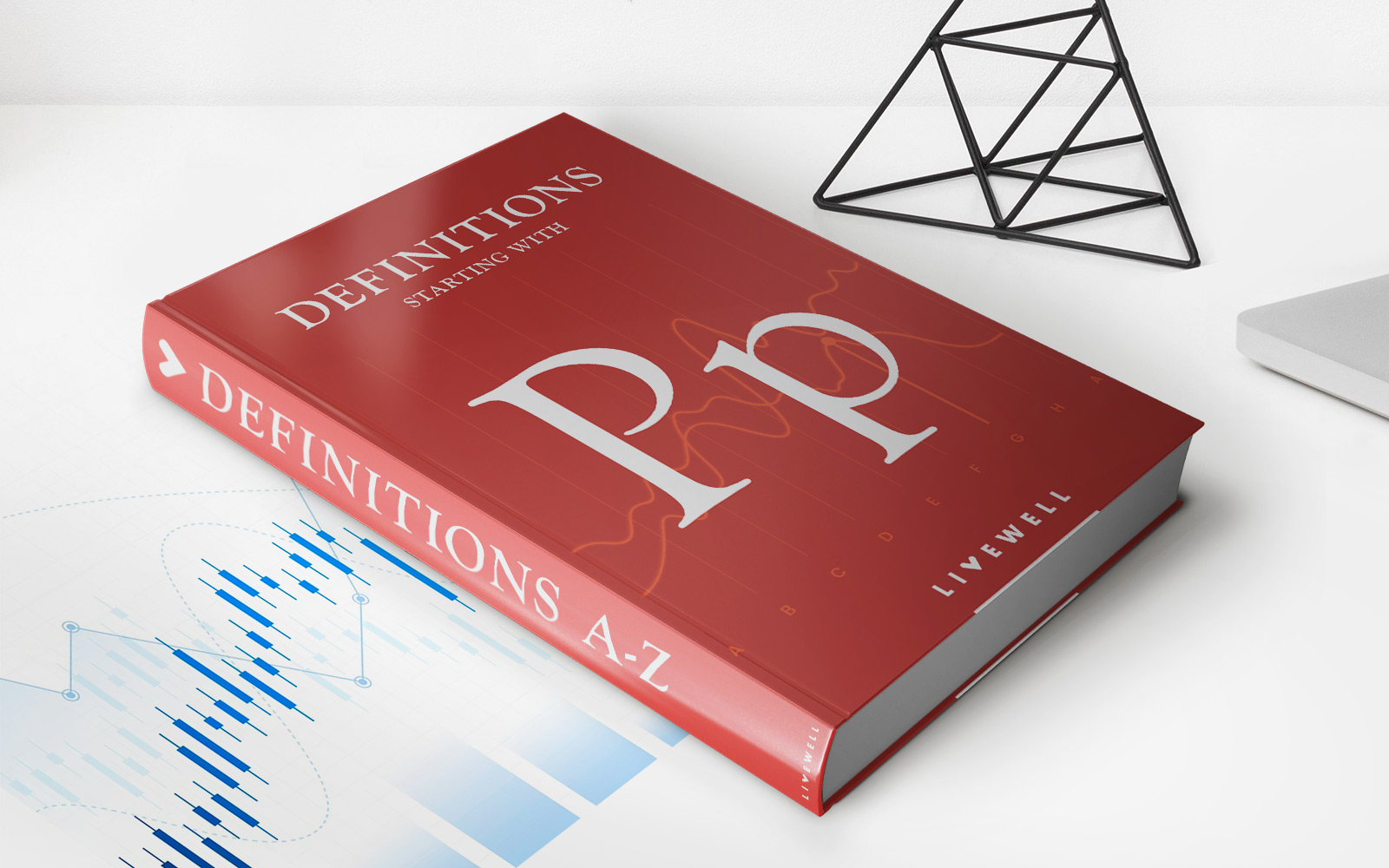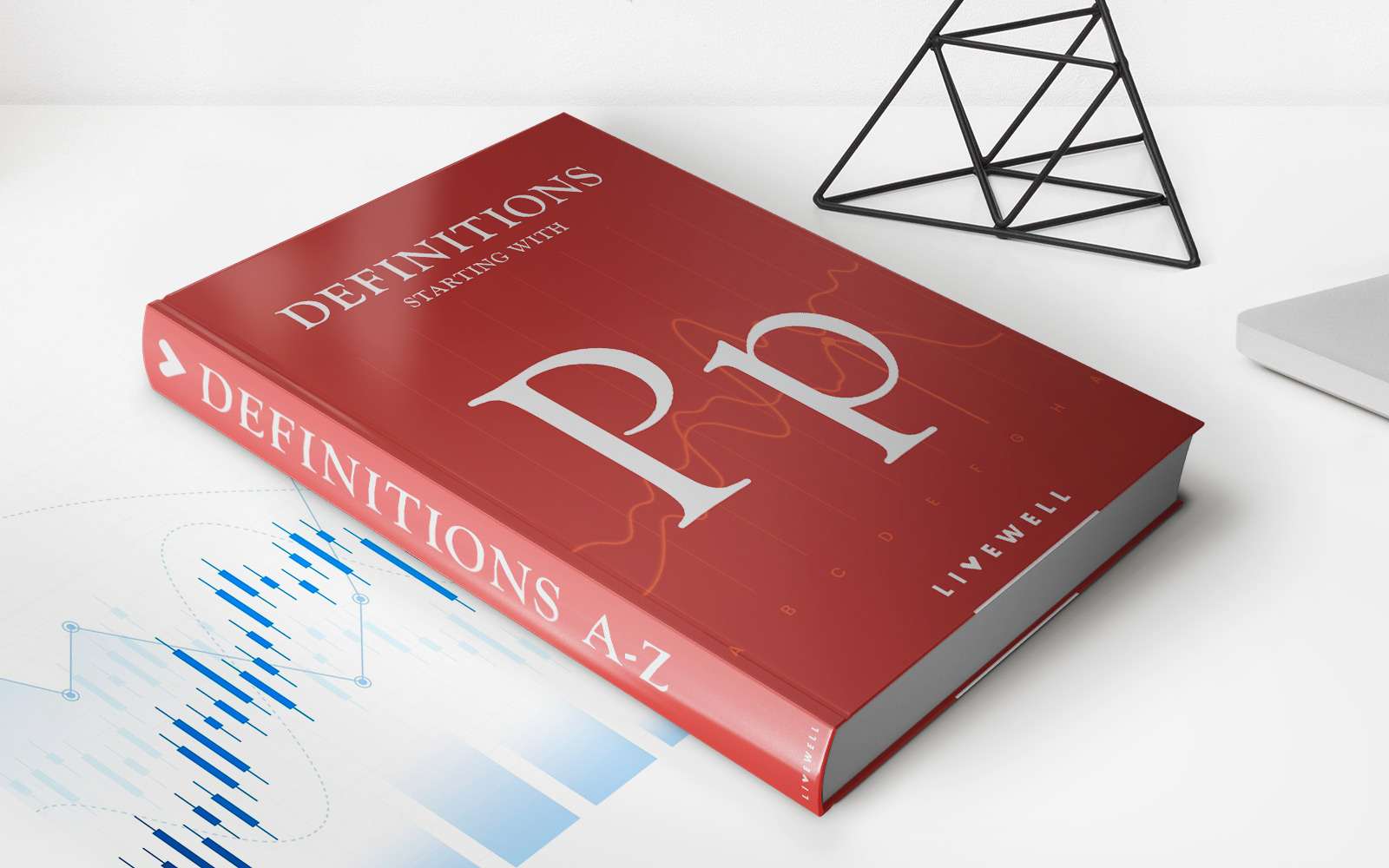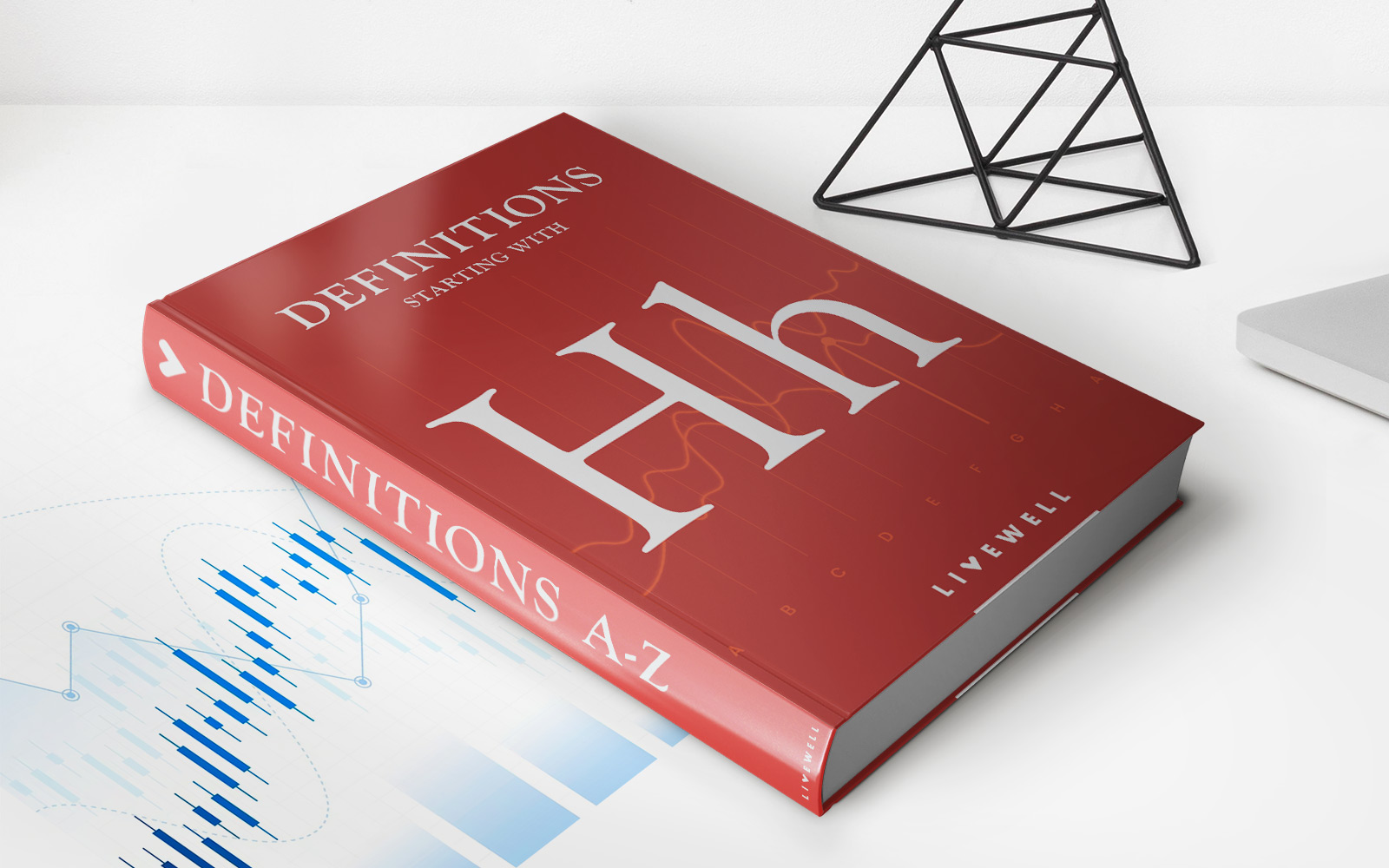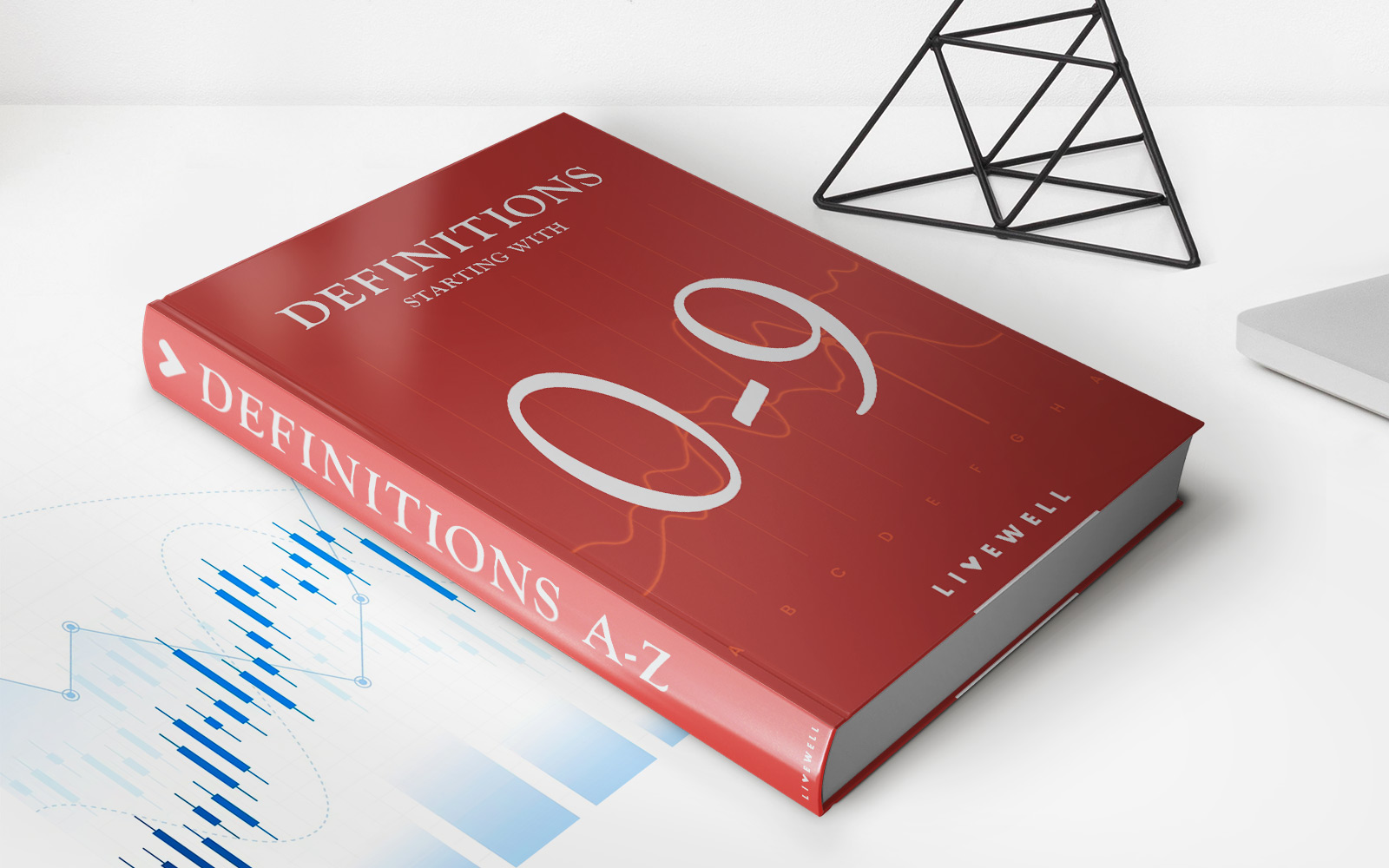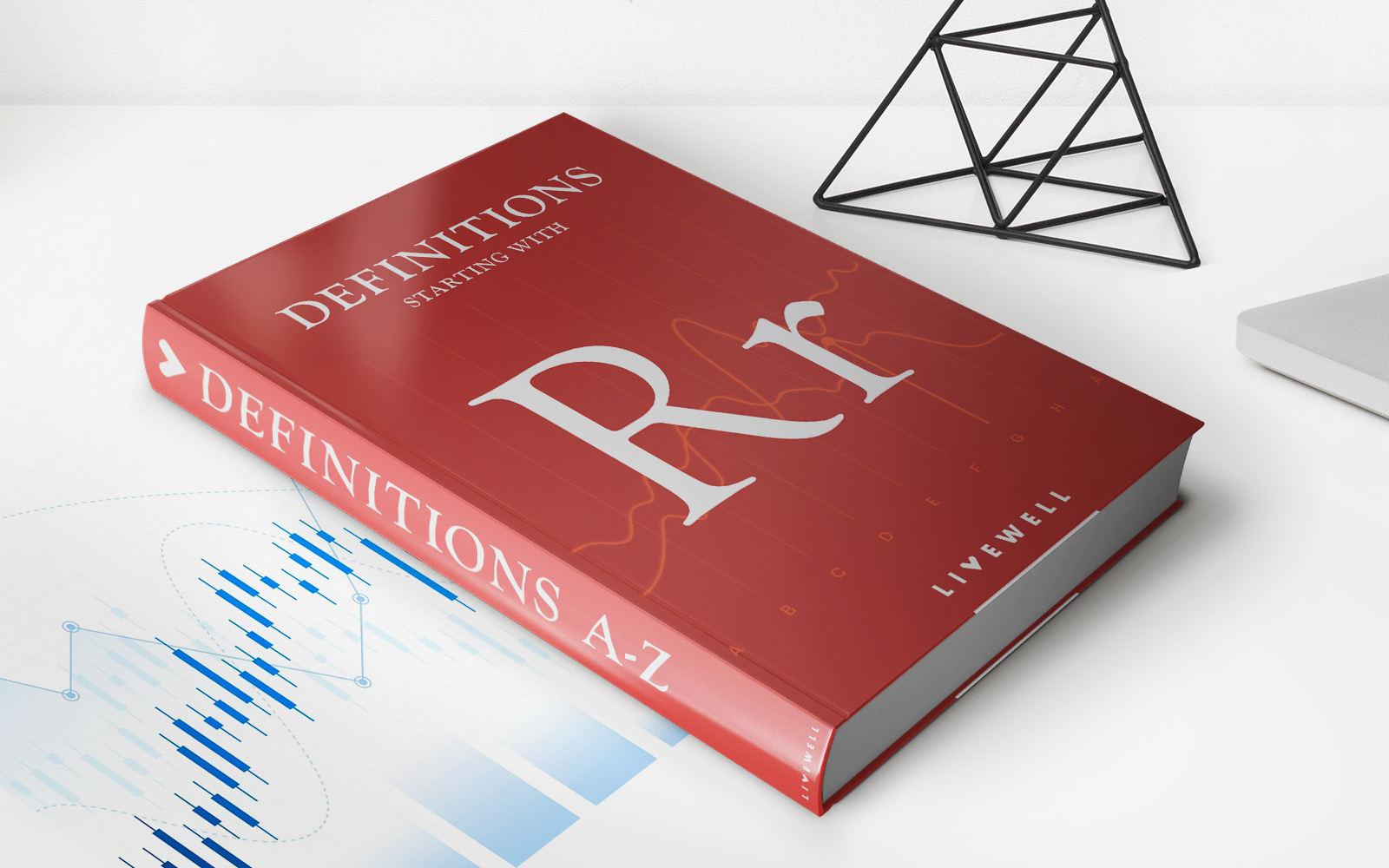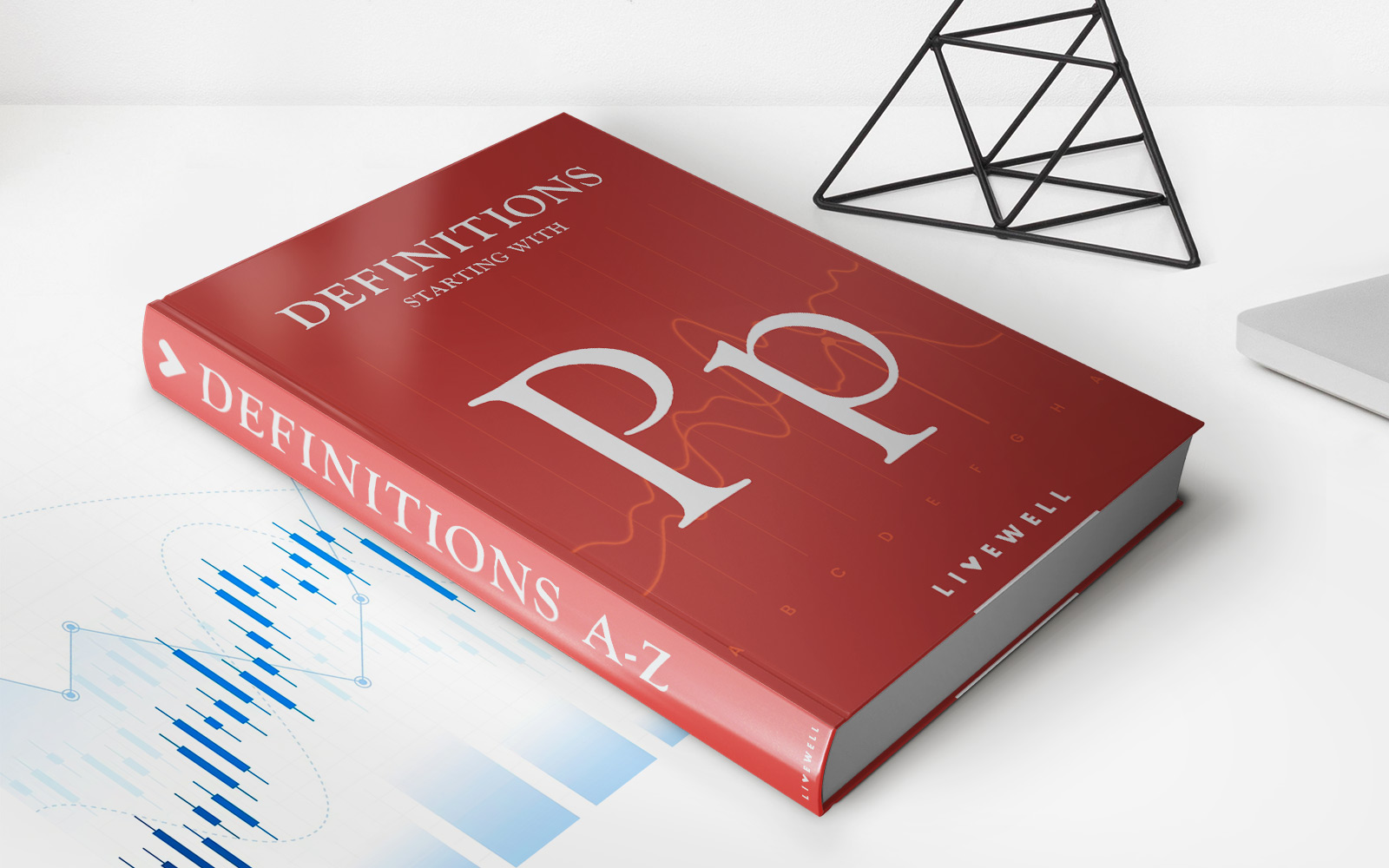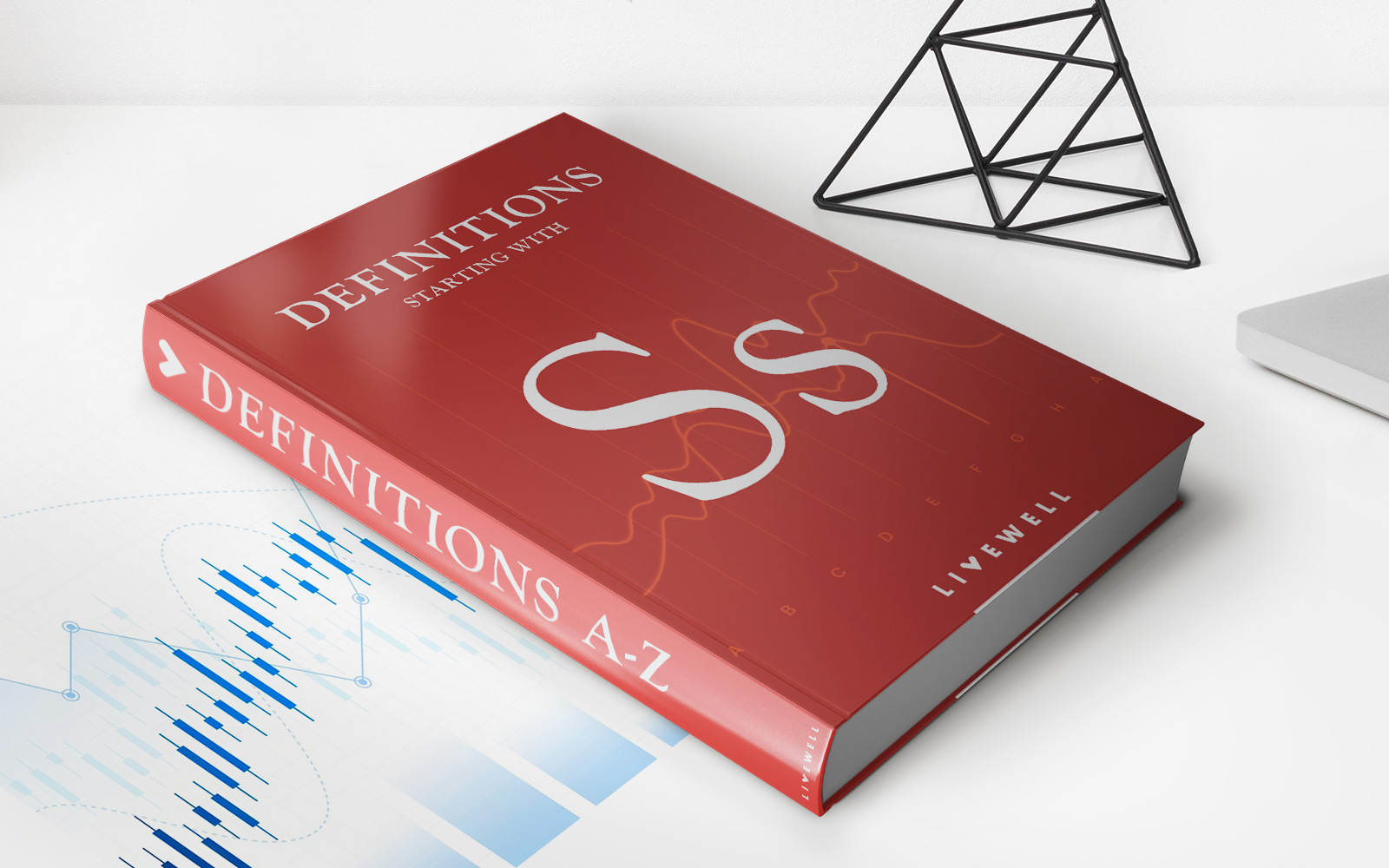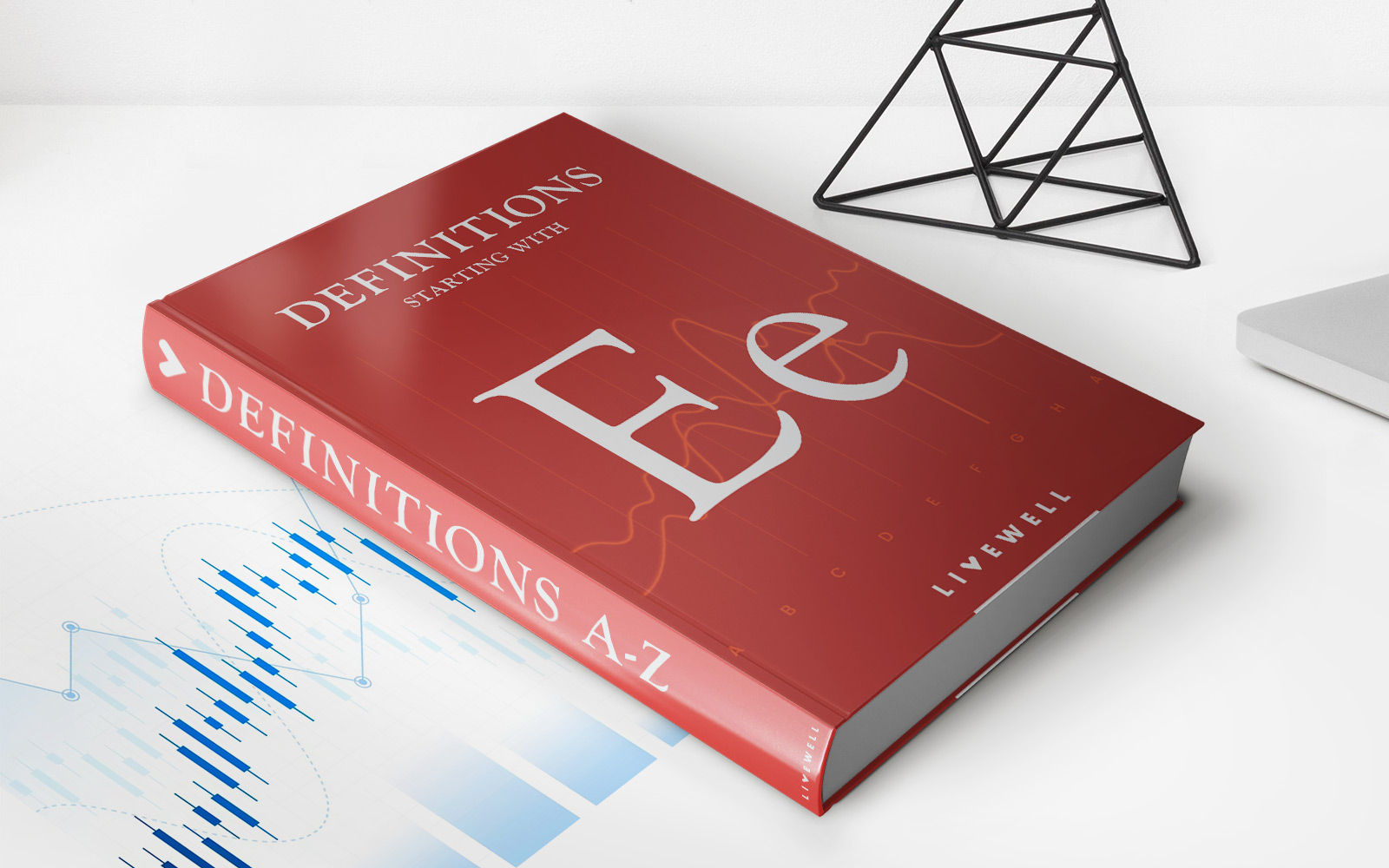Home>Finance>What Is Closing Price? Definition, How It’s Used, And Example
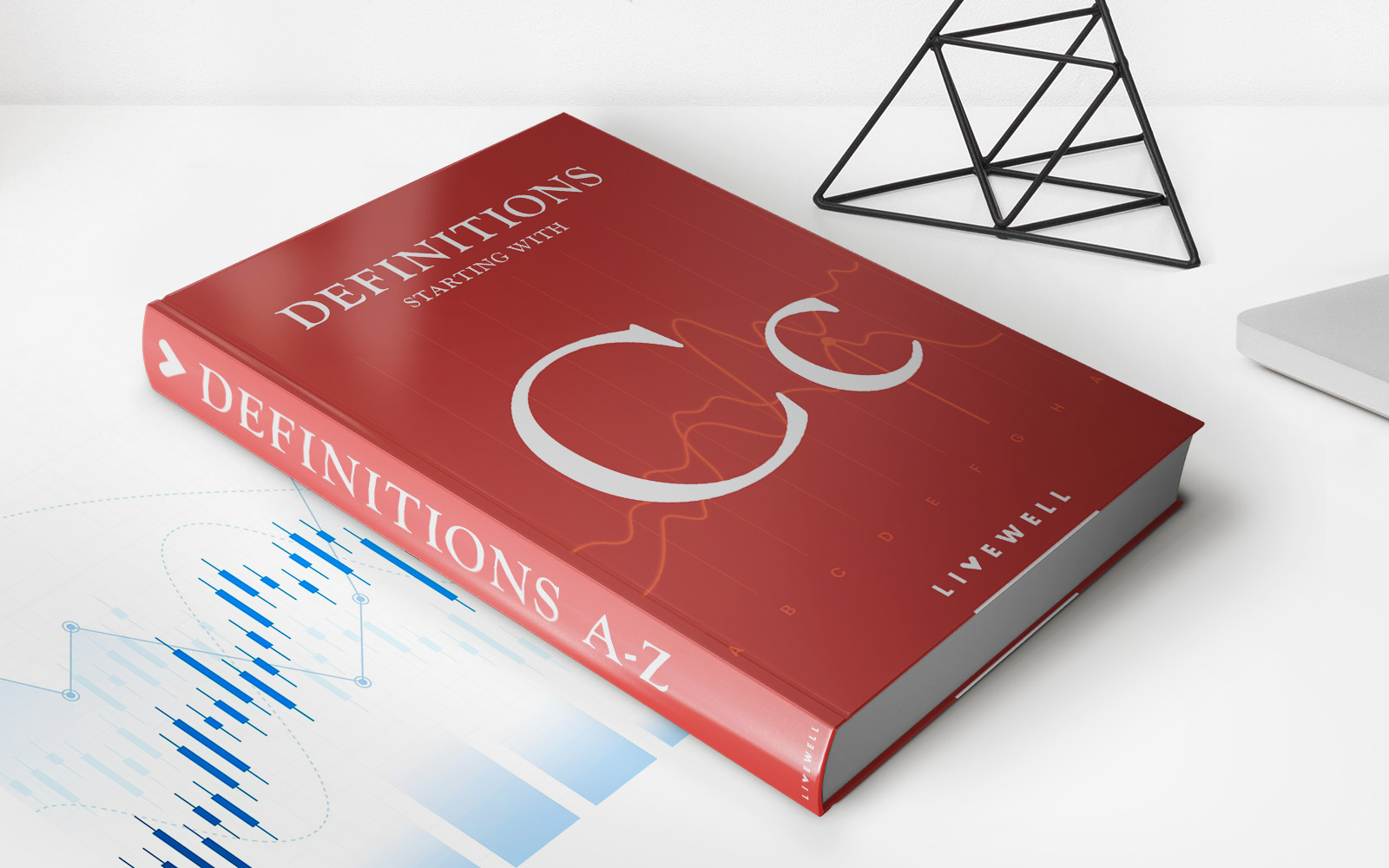

Finance
What Is Closing Price? Definition, How It’s Used, And Example
Published: October 28, 2023
Learn the definition and usage of closing price in finance, along with an example. Understand how this key indicator affects investment decisions.
(Many of the links in this article redirect to a specific reviewed product. Your purchase of these products through affiliate links helps to generate commission for LiveWell, at no extra cost. Learn more)
Welcome to the World of Finance: Understanding Closing Price
When it comes to the ever-changing landscape of finance, there are many terms and concepts that we encounter. One such term is the “closing price.” But what exactly does this term mean and how is it used in the world of finance? In this blog post, we will explore the definition of the closing price, discuss how it is used, and provide an example to help you better understand its significance.
Key Takeaways:
- The closing price is the final price at which a security or asset trades on a given day.
- It is a vital piece of information used by investors and traders to assess the performance of a security over time.
Defining Closing Price:
The closing price refers to the last recorded price at which a particular security, such as a stock or bond, is traded on a given trading day. This price acts as a significant indicator of the security’s value at the end of the day’s trading session. It represents the sentiment and consensus of buyers and sellers in the market and carries valuable information for investors and traders.
How is Closing Price Used in Finance?
The closing price is an essential piece of data used for various purposes in finance. Here are a few key ways in which it is utilized:
- Performance Analysis: The closing price is an essential tool for evaluating the performance of a security over time. By comparing the closing prices of a security on different trading days, investors can analyze trends, identify patterns, and make informed decisions about buying, holding, or selling that security.
- Technical Analysis: Traders and analysts use closing prices alongside other market data to perform technical analysis. This analysis involves utilizing historical prices, including the closing price, to forecast future price movements and identify potential trading opportunities.
- Portfolio Valuation: For individuals, institutions, and fund managers who hold portfolios of various securities, the closing price serves as a crucial input for calculating the overall value of their holdings. By multiplying the closing price of each security by the number of shares or units held, the total portfolio value can be determined.
An Example of Closing Price:
Let’s consider a hypothetical example to illustrate the concept of closing price. Imagine you own 100 shares of XYZ Company’s stock. Throughout the day, the stock price fluctuates, with trades occurring at different prices. At the end of the trading day, the last trade was made at $50 per share. This $50 per share is the closing price of XYZ Company’s stock for that day.
Based on this information, you can assess the performance of your investment. You will compare the closing price to the previous day’s closing price, the stock’s historical data, and any relevant market news or events to make informed decisions about buying, holding, or selling the stock.
In Conclusion:
The closing price holds a significant role in the world of finance. It provides valuable insights into the sentiment and performance of securities, assisting investors and traders in making informed decisions. By understanding the definition, uses, and example of the closing price, you can enhance your financial knowledge and effectively navigate the complexities of the financial markets.
